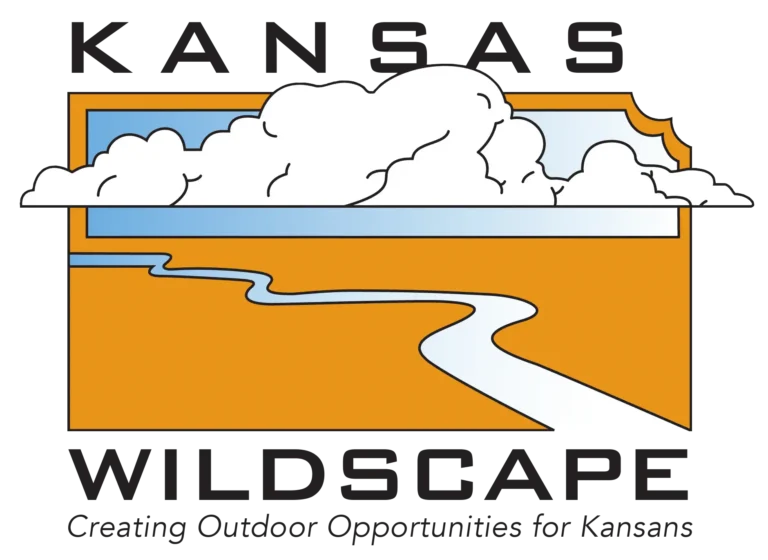Milford Lake is located on the Republican River at river mile 7.7, approximately 65 miles west of Topeka, Kansas. The restoration project is north of the Highway 82 causeway on the upper reaches of the Republican arm of Milford Lake, immediately east of the town of Wakefield, Clay County, Kansas. The Milford Wetlands Restoration project went from feasibility in 1991 to fund raising in 1997. With feasibility of the project confirmed by the U.S. Army Corps of Engineers, Wildscape staff and Board members implemented a fundraising plan to raise the estimated $1.25 million in matching funds needed for this $5 million project. Major progress occurred when Governor Graves and the 1998 Kansas Legislature approved $361,512 in state funds to cover matching funds for the first of three construction phases for this nearly 3,000-acre project. Designation of a wetland cell in honor of State Representative Steve Lloyd of Clay Center, a strong supporter of the project who died of cancer in April, was also included in the legislation.
Wildscape completed raising the necessary funds to allow the project to begin in the summer of 2001. The groundbreaking for the project was held on June 29, 2001. Construction contracts were awarded in the spring of 2002.
The Milford Wetlands Restoration Project provided for an estimated 2,300 acres of wetland habitat suitable for usage by waterfowl and shorebird populations as a migratory stopover and as a production area. In addition, it provides habitat for additional fur-bearer, game, and non-game wildlife species associated with wetland areas and restores a high-quality habitat suitable for game and non-game fish spawning and nursery areas.
Opportunities and experiences for all outdoor enthusiasts, from hunters and anglers to birders and hikers, will be greatly enhanced by this project. The potential for expanded economic impact will exist for the communities surrounding the lake as current and new businesses provide for the needs of anticipated increased number of visitors. The modification will restore wetlands in a chain of naturally occurring land cells currently dominated by plant species such as cattails and annual and early succession stages of vegetation.
The initial Project Cooperative Agreement between the U. S. Corps of Engineers and the Kansas Department of Wildlife and Parks was signed on August 24, 2000. Initial work was completed during the summer of 2001, with project completion in 2004.

To donate to the Kansas Wildscape Foundation in honor of Frank Eilert, please use the button below.